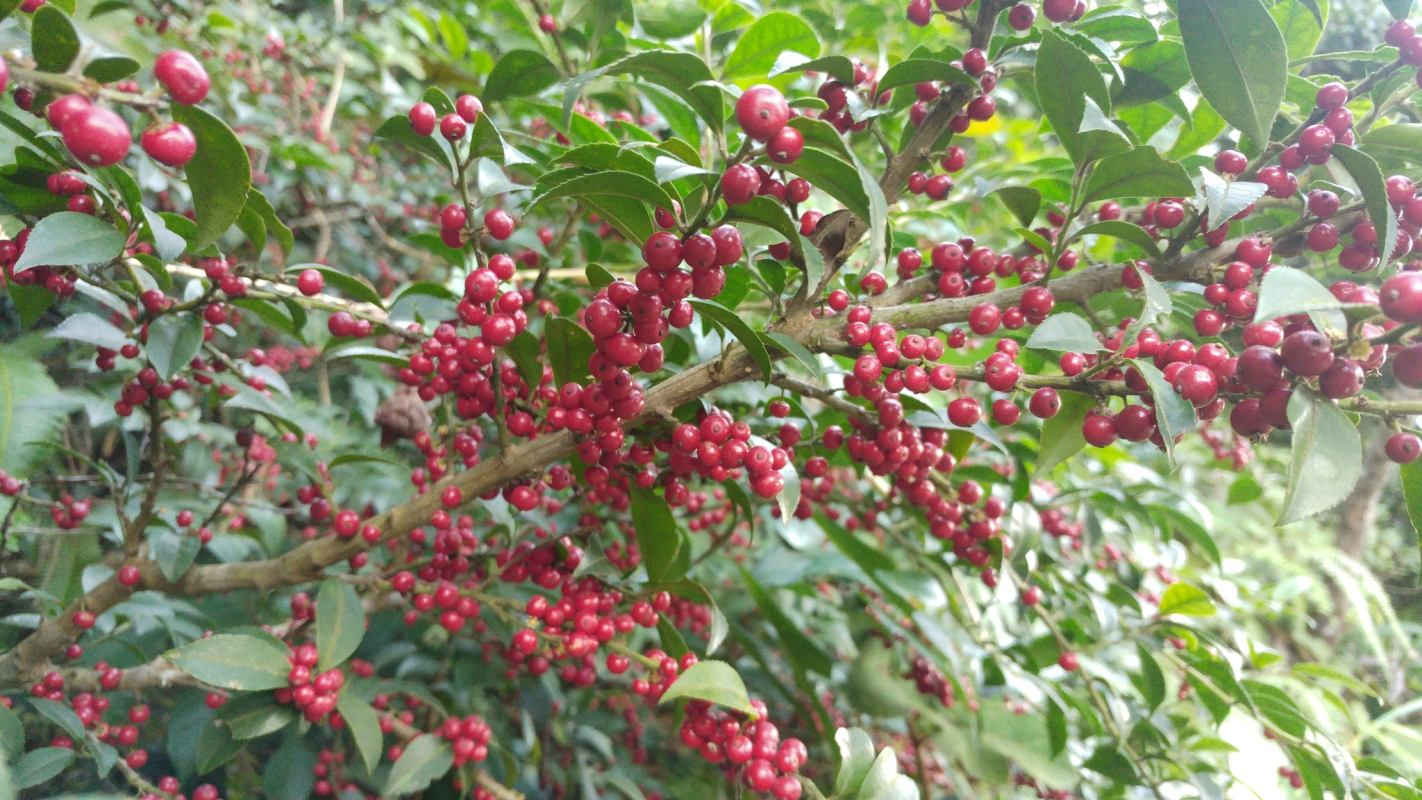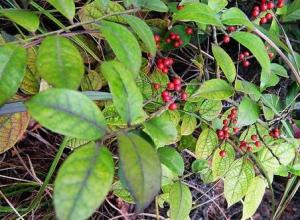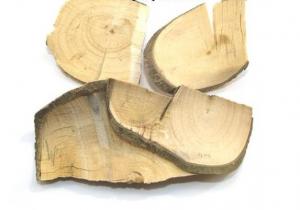[1] A Complete English Dictionary of Medicinal
Terms in Chinese Acupuncture and Herbalism 1981- Henry Lu Chinese Foundations
of Natural Health- The Academy of Oriental Heritage, Vancouver, Canada.
Images
1.
inaturalist.org
2.
zhanjo-com.sell.everychina.com
3.
zhanjo-com.sell.everychina.com Ilex
pubescens. 毛
冬 青
Máo dōng qīng Rough
haired Holly
Ilex
pubescens. 毛
冬 青
Máo dōng qīng Rough
haired Holly

